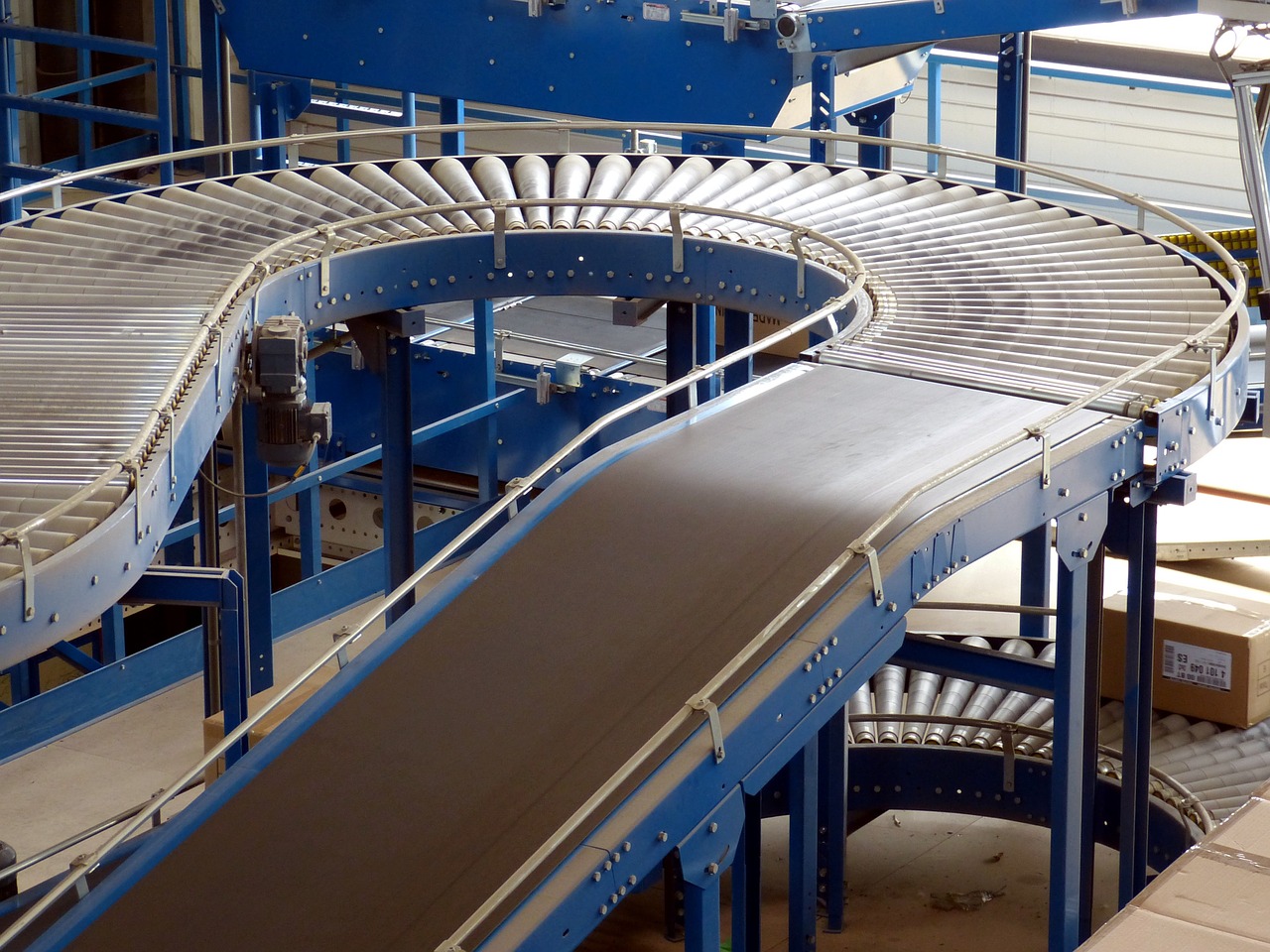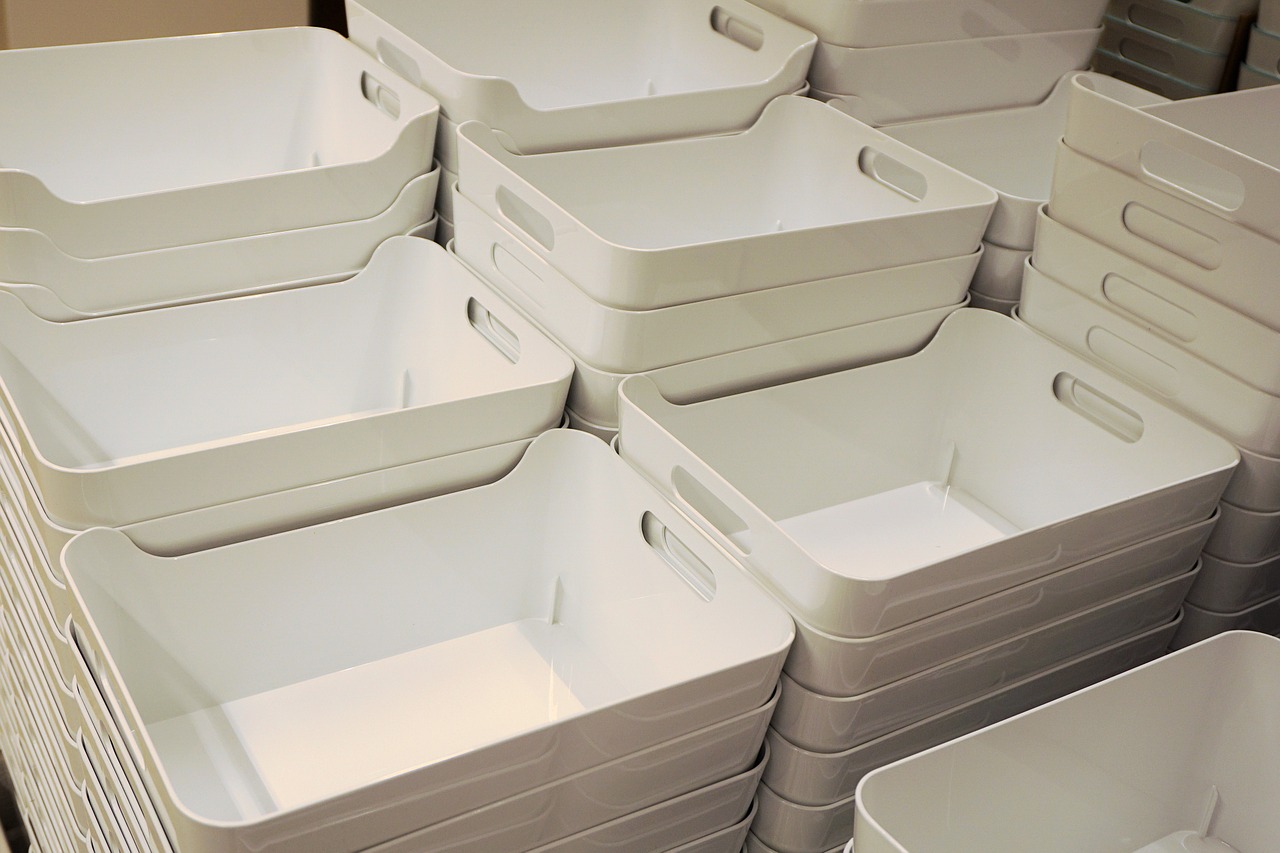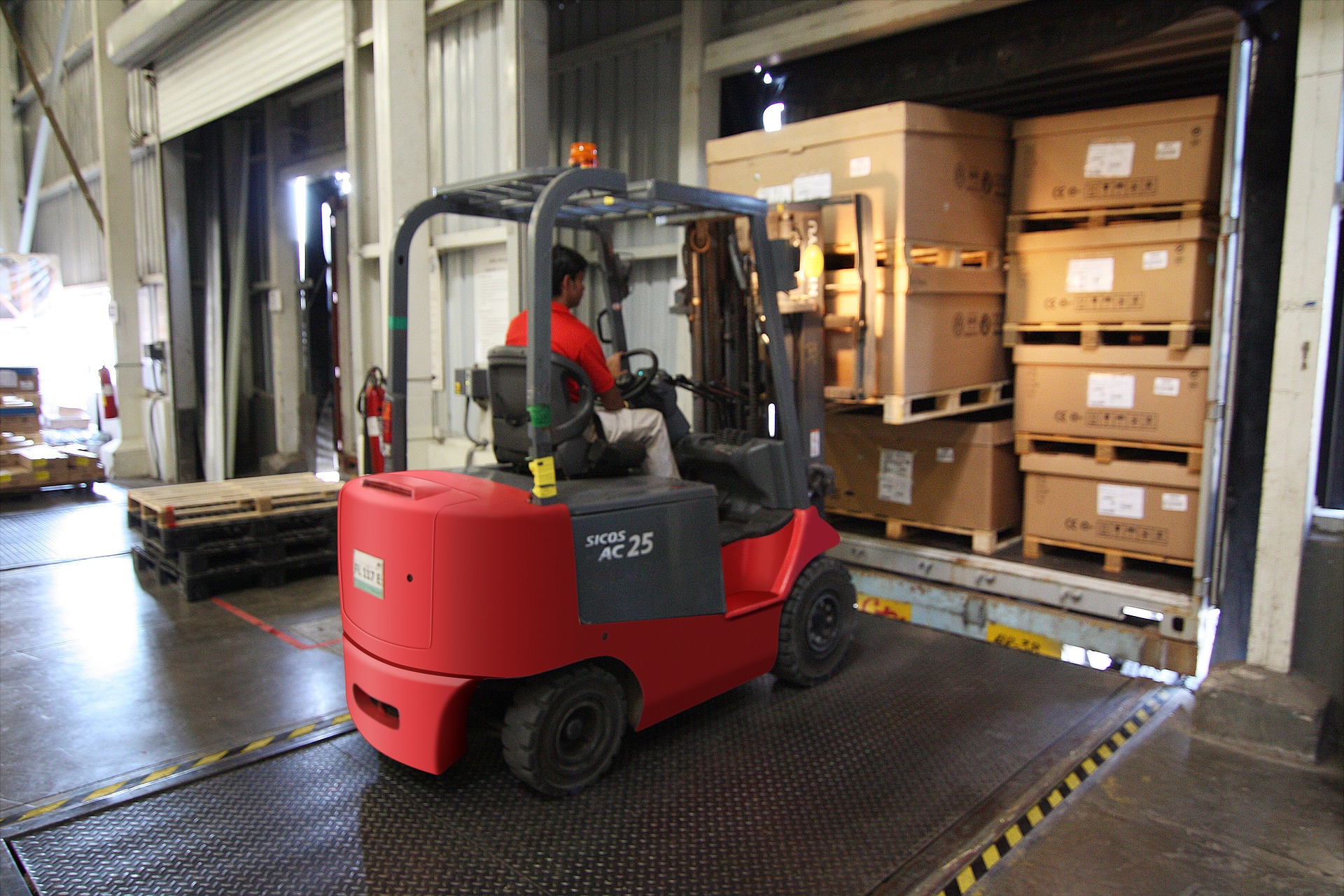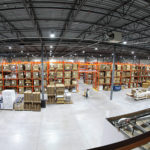Isn’t fulfillment fulfilling? Depending on who you ask, the answer is questionable. But one thing is for sure: a fulfillment process that runs smoothly and efficiently is definitely fulfilling.
And sometimes, it’s best to DIY. That’s at the core of the following two fulfillment models — in-house and just-in-time. Here’s what to expect from each.
In-House Fulfillment
In-house fulfillment is receiving, picking, packing, and shipping products for consumers on your own. When a merchant begins their ecommerce experiment, they almost always end up fulfilling in-house. It’s usually square one in an e-retailer’s fulfillment journey, and that square is typically a living room-made-HQ. You’ll be picking, packing, and shipping orders from there… literally in the house.
Why? Put simply, in-house is the easiest to get started, it’s cost-effective, and it provides the means for you to learn the ropes of packing and shipping orders. Because you’ll be fulfilling products yourself, you’ll be forced to learn, and because your living room is your very first fulfillment center, you won’t need to make a large overhead investment in leasing space out or hiring (those may come later).
Just be sure to pay your rent.
Control Yourself
Ultimately, the single most important benefit to in-house fulfillment is the complete control you have over your fulfillment process. It does come with some disadvantages, but that control provides some serious pluses to how your product gets from A to B.
Here are just some of the smaller perks involved:
- Quality control — orders are fulfilled by you (or your family, friends, or employees once you get large enough), granting you complete quality assurance over the packages you ship. Whether it’s time frame, shipping carrier, packaging, etc., it’s all up to you, and you won’t need to worry about a 3PL (a third party that fulfills for you) failing to meet your standards.
- Bringing some TLC — unlike other models that we’ll get to later, in-house provides the opportunity to personalize orders. Hand-write a thank you note to the customer. Throw in a discount coupon as well. Put some mints in the box. The possibilities are endless for some TLC that makes the customer experience more than just a transaction.
- Branding your brand — feel free to brand your brand on all of your packaging materials. As you pick and pack orders, you can purchase custom-branded boxes through a variety of services (just search “custom branded boxes” in Google for an entire list), or incorporate some tissue paper that matches your brand color scheme for that added awareness.
As ecommerce becomes an increasingly crowded space, these small perks can have a big impact on differentiating yourself. Whether you’re selling on a storefront or marketplace, you have the power to change the customer’s experience from a boring one — an experience that would normally be a plain, cardboard box with a product inside — into one that’s memorable and branded.
Reacting to Demand
If a rising order volume isn’t enough of an indication, you’ll know you’re growing when your living space evolves into an episode of hoarders. In-house fulfillment let’s you react quickly to changes in demand more so than any other model. Makes sense, considering all of your inventory is at arms-length and not stored elsewhere far away.
If a product is quickly getting off the shelves, you’ll know it, and restocking is entirely your hands with no intermediary like a storage warehouse that needs to be alerted in advance. If a product is stuck rotting on the shelves, put up a promotion and restock with ease once it kicks in. Are consumers purchasing a group of separate products all at once? React — offer the product as a bundle and prepackage them to save on costs.
To sum it up, you have clear visibility of inventory, clear communication with your customers, and total control. No need to worry about an external party (like a 3PL or supplier) as you stock and fulfill products.
Returning to Control
All of that control also makes the irksome process of returns management far easier as well. For instance, if you were dealing with outsourced fulfillment — a model we’ll get to later that places fulfillment squarely in the hands of a partner that you pay — an unwanted product would be sent back to them instead of you since they’re fulfilling the product.
The issue with that is the fact that your fulfillment partner is in your way. They’re standing between you and your customer. You know that children’s game called “Telephone” where someone whispers a message and eventually it’s completely different? The more barriers to one-way communication, the more likely a message is to get lost in the mix.
And the information you get from a return can be pretty important. Was the product not what they expected? Was it damaged? It’s important to satisfy the customer, and it’s an opportunity to correct a mistake that could occur again. With in-house fulfillment, you have a clear line of feedback.
Scaling
Over time as you grow and purchase larger amounts of inventory to meet your demand, you may find your living room unlivable. That’s when it’s time to scale and move operations elsewhere. But in-house fulfillment, although it may not necessarily be in your house, is still entirely in your control.
Look into leasing warehouse or storage space where you can store, pick, pack, and ship your products. If you find your order volume crushing any available time for other business matters, consider hiring part-time employees and train them to be fulfillment masters. At the end of the day, in-house can certainly scale with you, granting you just as much control over fulfillment.
But it’ll come at a cost that your margins and higher order volume can hopefully afford. Paying for that warehouse or storage space means a variety of costs, from security deposits to insurance. Those employees are another obvious expense that’s packaged with a bunch of legal and financial compliance and risk.
All of this goes to show, don’t let all of this talk of control sway you — it’s a burden as well. Having the responsibility to get customer orders out means spending more time and (potentially) money. Rather than focusing on other parts of the business that grow it, like SEO, content, or conversions, you’ll be dumping a considerable amount of time and money into maintaining the daily grind of fulfillment, depending on your order volume.
That said, there is an alternative that rids you of the hassles of inventory while letting you keep control of your fulfillment…
Just-In-Time Fulfillment
At the center of every fulfillment model is your product, your inventory. And, although it may be the source of your revenue, it’s a huge risk to your business. It’s where you’ll be making your biggest investment; as you buy up inventory to sell, the longer it sits on the shelves, the longer your cash is tied up.
Why not just get rid of all that? Why not ditch the whole storage of inventory part? No employees, no warehouse expenses, no significant risk in tied-up cash. That’s the essence of just-in-time (JIT) fulfillment.
The Gist
JIT is closely related to in-house fulfillment. It’s a fulfillment model where the merchant packs and ships an order to the customer, but doesn’t pick. When a customer makes an order, the e-retailer immediately buys the product from their supplier — never before. There is no inventory involved; a JIT merchant buys the product only when an order for it is made, which they then fulfill themselves.
Because you’re ultimately fulfilling the product, all of the main in-house perks are still there. You’ll be able to personalize, brand, and fulfill all of your orders. Plus, because of your non-existent inventory, JIT e-retailers can very easily experiment with new products from other suppliers, adding them to their product catalogs — maybe even purchasing inventory for them — if they’re high performing.
Relationships Are Everything
But there’s a reason many e-retailers want nothing to do with JIT. It’s operational overload. A streamlined, clockwork-like fulfillment strategy is incredibly satisfying. But it can be difficult to achieve through JIT because buying product becomes another step in the fulfillment process that’s reliant on the product supplier.
With JIT, your relationship with your suppliers is absolutely critical. No doubt, they’re important with in-house as well, but you’re less reliant on them in that situation because you’re buying and storing a significant amount of inventory before the customer even purchases.
JIT is — you guessed it — just in time, not in advance. It bets that your vendors are always “on demand” to the effect that they’ve always got a supply of products that can meet your demand in a reliable amount of time. You’re relying entirely upon them to promptly sell and ship you the product that you then ship it the customer.
Essentially, you’re sacrificing a bit of that C-word (control) to your suppliers. They’ve got leverage on you and you’re at their mercy since you need them at the time orders are made. Plus, to make matters worse, suppliers are more than likely selling to other businesses that are buying large amounts of product at a time, potentially threatening your access to product on demand. You’ll need to be pretty good at predicting your demand if you want to avoid angry customers that don’t want to wait weeks.
As you can see, it isn’t exactly a comfortable model for e-retailers, which is why it isn’t common. But if it piques your interest, you’ll need to find a supplier that fits your needs. Choosing your partners is important, so here are some guidelines to keep in mind as you hunt down one of them:
- Are there multiple ways to contact this vendor? Are they communicative and easily reachable?
- Does this vendor ship product orders promptly and reliably? Can I count on them delivering on time?
- Will this vendor be transparent with their product volume, so I can prepare for them being unable to meet my demand?
- Is a Service Level Agreement (contract of service expectations between two parties) negotiable?
As you vet suppliers, definitely give their websites, even their facilities, a look if you can. Reviews by other merchants that have used a particular supplier are also invaluable.
Wrapping Up
At the end of the day, it’s possible to mix and match your fulfillment models depending on the product. Let’s say there’s a specific product that has huge margins, but seldom sells. You can definitely still add it to your product catalog, but you’ll need to let the customer know it may take a while to be shipped, as you’ll have to purchase it from a supplier and then ship it to the end-consumer. All of the other products in your portfolio that sell consistently can be bought and stored as inventory to be fulfilled as orders come in (that’s in-house fulfillment).
As you’ve probably noticed, there seems to be a common, sought-after benefit to both these models, and that’s complete control over fulfillment. Both in-house and JIT fulfillment are centered around you having control over how the product is packaged and shipped to the customer. But what if you couldn’t give two ships about that control? Well, that’s where two other models — dropshipping and outsourced fulfillment — come in. This post has already run a little long, so expect one on those two in the coming week.





